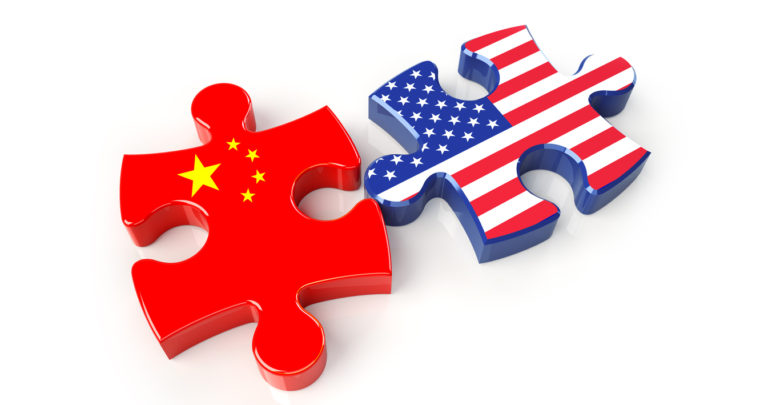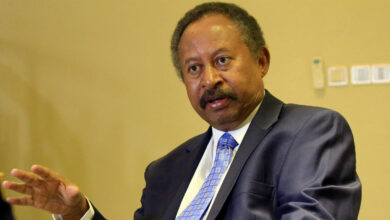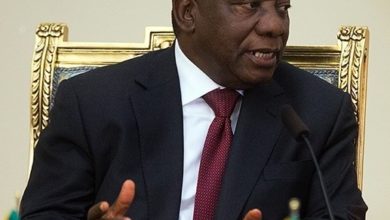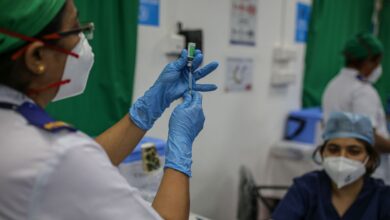World
US Examining Way To Balance Out Tariffs On Chinese Auto Imports
China currently imposes 40 percent tariffs on U.S. auto imports

U.S. Trade Representative Robert Lighthizer on Wednesday said the United States government is looking out for ways on how it can balance out tariffs with those that China imposes on US automobile exports. China currently imposes 40 percent tariffs on U.S. auto imports, which is 15 percent more than tariffs it imposes on other countries. The US government, on the other hand, applies 27.5 percent tariff on Chinese auto imports.
Lighthizer said in a statement that auto tariffs imposed by China on US cars are “especially egregious,” more than double the rate it charges other countries. He added that President Donald Trump had directed him to examine all available tools to equalize the tariffs applied to automobiles, reported CNBC.
“As the President has repeatedly noted, China’s aggressive, State-directed industrial policies are causing severe harm to U.S. workers and manufacturers,” Lighthizer said. “We are continuing to raise these issues with China. As of yet, China has not come to the table with proposals for meaningful reform.”
The statement came just a few days before President Trump is scheduled to meet Chinese President Xi Jinping at the G20 summit in Buenos Aires. The meeting between the two leaders is expected to either ease or worsen the ongoing trade war between the world’s two largest economies.
Notably, Trump has already imposed tariffs on about half of the Chinese goods imported into the US market each year. He has even threatened to target the remaining $267 billion goods which also include Apple iPhones and laptops manufactured in China.
Trump made it clear on Monday that he expects to move forward with his plans to increase tariffs from 10 percent to 25 percent on $200 billion in Chinese imports in the absence of a trade deal, which is due to take effect on Jan. 1.






